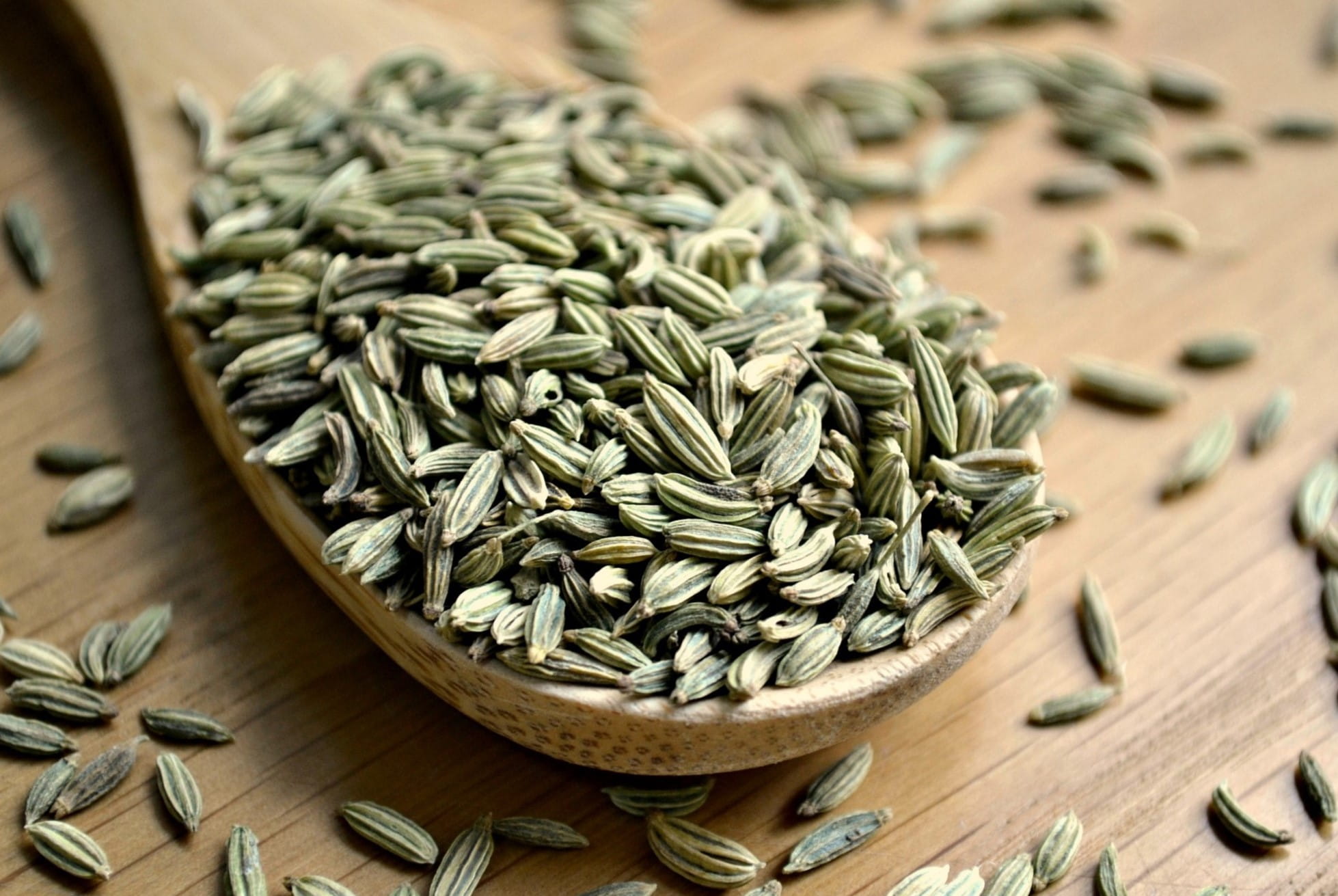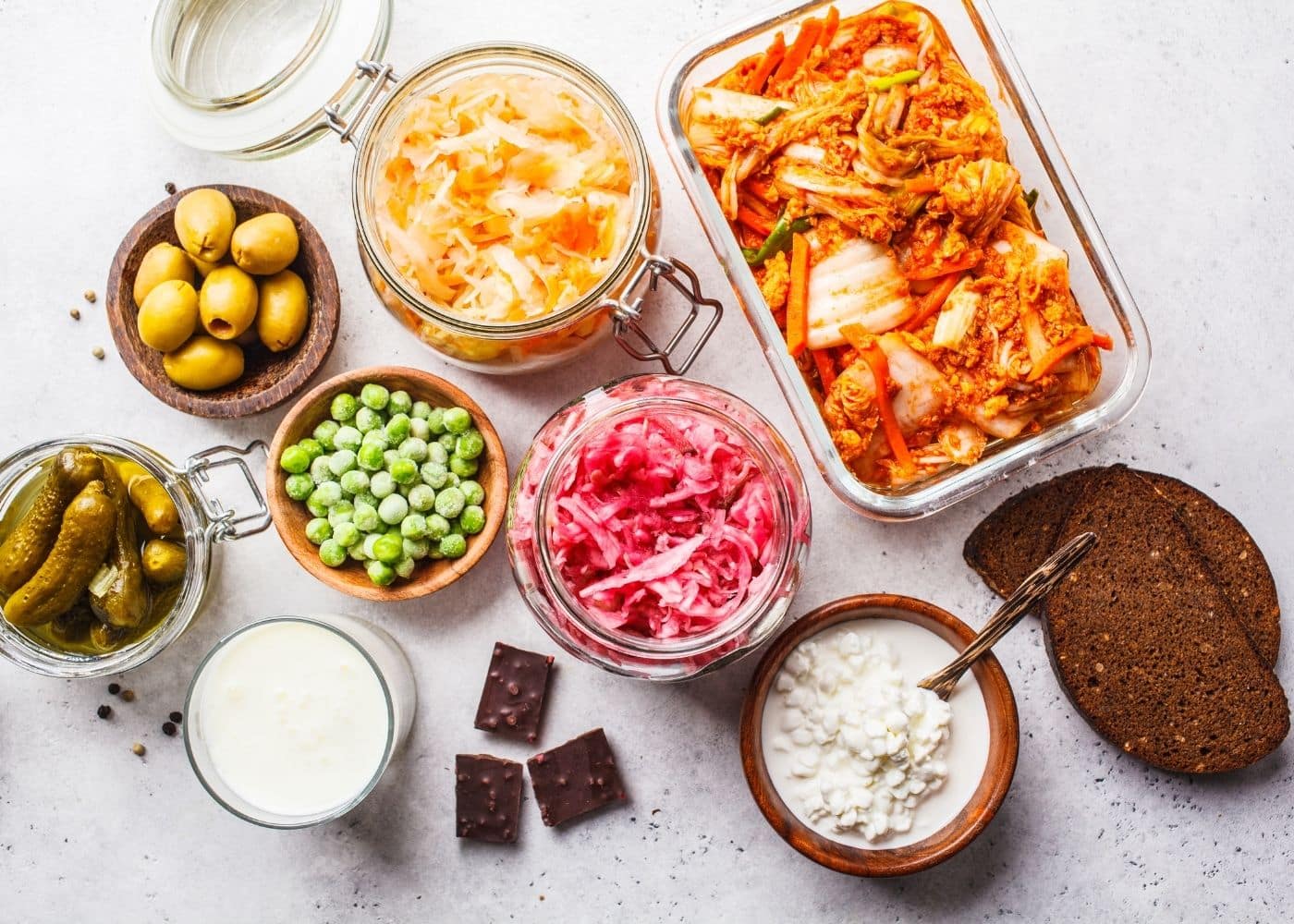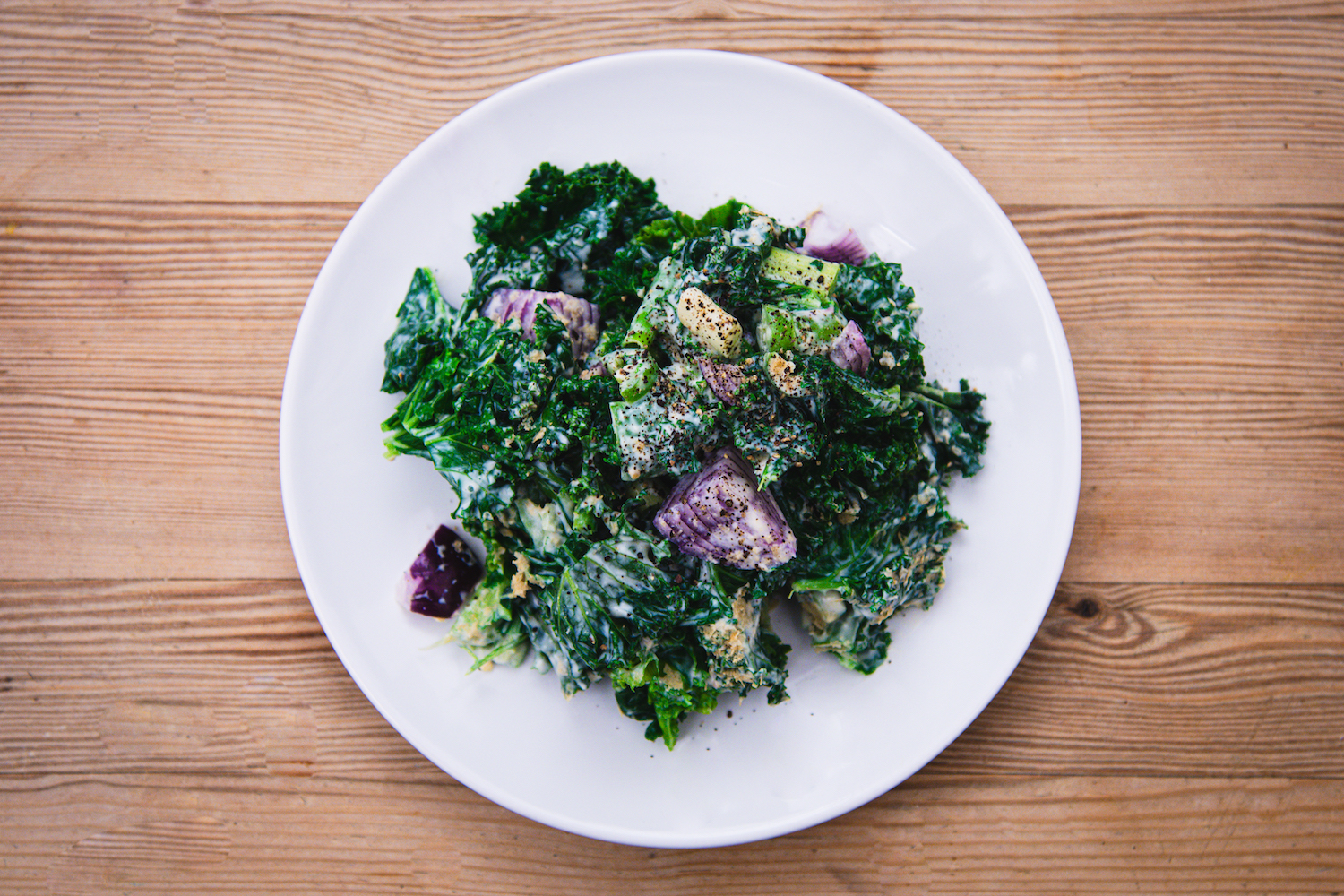Our gut will often tell us when it’s not happy. Episodes of bloating, abdominal cramps and excess gas are rather common. Here, we show you how you can calm your gut, and alleviate these issues, by addressing certain key microbes.
Adverse gut symptoms can make daily life rather uncomfortable: post-meal pain, feeling like you’re holding a balloon in your belly, or releasing foul-smelling winds are all challenging to cope with. In fact, these sorts of symptoms affect 6-13% of the Western world¹. There are many reasons these symptoms can come up: from drinking too much alcohol, or due to underlying constipation and food intolerances. Scientists, meanwhile, have shown that an unhappy gut microbiome can be one of the most significant contributing factors. Namely, this is when our gut is unbalanced, otherwise called dysbiosis. Although we still don’t know what the “ideal” gut microbiota looks like, we can try and improve the levels of microbes we know our gut loves. Above all, the good news is that we can swiftly do this through our diet. Here, we’re going to discuss the good and bad players when it comes to bloating, abdominal pain and gas, including details on how to optimise our gut status to be symptom-free.
Lactobacillus acidophilus
Lactobacillus acidophilus, just like the name hints, has something to do with lactic acid. It produces lactase, an enzyme that breaks down lactose, a milk sugar into lactic acid. L. acidophilus has been widely used as a probiotic, and studies show that it can alleviate bloating in patients with functional bowel disorders, as well as abdominal pain in people suffering from IBS ²,³. Luckily, L. acidophilus can be found in plenty of different foods! Try out the following foods to give your gut a good dose of these beneficial bacteria.
- Sip on some Kefir. Kefir is a fermented milk drink that is rich in L. acidophilus as well as Bifidobacterium bifidum, Lactococcus lactis and more profitable microbes. Scientists have found that when patients consumed kefir daily for 4 weeks, their bloating significantly decreased ⁴.
- Treat yourself to some yoghurt (coconut is a great option!) Studies show that yoghurts with L. acidophilus can alleviate bloating ⁵. Note that to make sure your yoghurt is rich in L. acidophilus: look out for “contains live and active bacteria cultures” labels.
- Add some Sauerkraut to your veggie bowl. Sauerkraut – aka. fermented cabbage – can be a tasty addition to your meal. Studies show that Sauerkraut is very rich in Lactobacillus species’, especially L. acidophilus ⁶.
Bifidobacteria
Bifidobacteria are one of the first microbes to colonize our gut. Studies show they exert many health benefits⁷. The main helpers are B. longum, B. adolescentis and B. lactis. Scientists have shown that probiotics containing these microbes help alleviate abdominal pain and bloating ⁸,⁹,¹⁰. There are many ways you can improve the abundance of these good microbes:
- Add some extra oat bran to your breakfast. Studies suggest that oat bran can increase the production of SCFAs and, in turn, the relative abundance of B. adolescentis in the gut¹¹.
- Choose nuts, seeds and avocados. Scientists claim that diet rich in unsaturated fatty acids promotes the abundance of B. longum¹².
Methanobrevibacter smithii
Methanobrevibacter smithii is a prokaryotic archaeon, a single-celled microorganism that produces methane. What is methane? You might ask. Methane is a gas and when mixed with other gases, it creates a foul rotten-egg smell (I am sure you know what I am talking about!). When polysaccharides, a type of carbohydrates, are broken down by bacteria in the gut, hydrogen and carbon dioxide are produced. I know it’s getting very nerdy in here, but please stay with me!
Methanogensis – the gaseous culprit
Then, two things can happen: either sulphate-reducing bacteria will use hydrogen to produce sulphide which is eliminated in the stool. Route number 2 is methanogenesis, where the hydrogen is used to form methane. Methanogens are present in a healthy and diverse gut microbiota. The issue arises when you are primarily a methane-producer¹³. Studies show patients with a higher levels of methanogens are more likely to suffer from bloating and constipation due to slower digestion ¹⁴. But – fear no more – here are a few things you can implement into your diet to alleviate your symptoms.
- Slow down on food rich in polysaccharides. I know, I know. We all love pasta, bread and rice. BUT, if their gut fermentation can lead to agonising symptoms, we suggest you switch to foods with a lower carbohydrate content.
- Choose foods rich in Lactobacilli. Studies show that interventions with a probiotic mixture containing different strains of Lactobacilli decrease the abundance of Methanobrevibacter smithii. We’re talking yoghurt, kefir, miso, tempeh!
Now, if you’re not sure whether you’re a methane-producer, RESET+ can help you figure it out.
7-Day Gut Cleanse
Stop bloating, erase cravings and inspire weight loss with our new cleanse! Designed to support your digestion and revive your gut, this plan has everything you need to kick-start your microbiome!
- Instant download - get started today!
- 14 plant-based & gut-friendly recipes
- Based on the latest microbiome research
- Easy, simple and effective approach
Other lifestyle changes that can help you beat the bloat
Apart from implementing these dietary changes, there are other things you can do to be symptom-free.
- Gentle exercise and stretching can help diffuse trapped gas. Studies show that moderate effort stationary bike exercise decreases bloating¹⁵. Also, yoga has been shown to relieve IBS related symptoms¹⁶.
- Give yourself a tummy massage. Since our intestines are coated in muscles, massaging it can help release sluggish gases and soothe your symptoms. What’s more, study conducted at the University of Glasgow showed that bowel massage relieved constipation¹⁷.
So, make sure to follow our recommendations to help feed the good guys and keep the methane-producers at bay.
If you aren’t sure whether these dietary changes are specifically right for you, and want to find out if your gut microbiota is out of balance, try RESET+! With exclusive new technology – unseen anywhere else – RESET+ is a tailored gut wellness program that uses your microbes as a marker of how diet changes affect your gut and thus, your health. Here’s to happy guts all year round!



